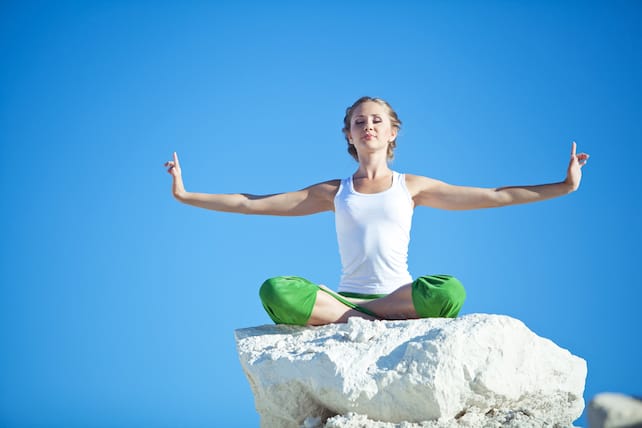
It’s bad enough that your next proper skiing holiday is almost half a year away. But there’s the added torture of knowing that each day you spend kicking your heels in the park or on the beach, your specialised skiing muscles will be wasting away.
What can you do about it?
Start Your Winter Fitness Plan
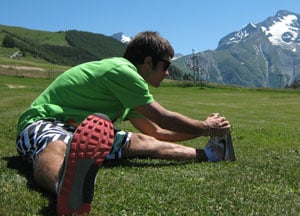
Ski fitness coach Dave Smith, who has worked with the British Alpine Ski Team and British Skicross Team, suggests a programme that combines aerobic work with gym sessions and interval training. For the aerobic exercise, he suggests regular runs, “because the impact of running is the best preparation you can give your body for the knocks and vibration of skiing.”
When it comes to exercises aimed at specific skiing muscles, our ski fitness guide is the place to go. It features not just circuit training, but stretching and warm-down exercises too. Remember, if you struggle to find time for exercise, start weekly fitness diary. Each Sunday, make a realistic plan about what to do when – and stick to it.
Get Your Own Training Machine
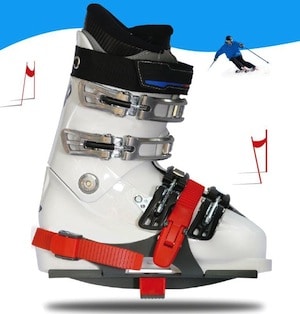
You can try one out in some ski shops and in selected private gyms and ski clubs. If you want to buy your own – be warned – they don’t come cheap.
Another great way to train in the summer – which is cheaper and small, so easier to store, is the SkiA Sweetspot Trainer. It’s a dry-land trainer which you use while wearing ski boots, and it helps your balance. It’s also a good way of practising pivoting and edging skills. Balancing on them is highly dynamic, and they’re fast and fun to use.
Each pack comes with four sizes of balance block, which gives a sense of being balanced on the centre point. The green blocks are easy for anyone – even absolute beginners – to use. The blue and red blocks are progressively smaller, and get significantly harder. The black blocks are very narrow, and designed to be extremely difficult (at least as hard as, say, balancing on a slackline). With training sessions of just a few minutes per day, you can practice and refine your skills. Stockists include Ski Bartlett and Ventura Sports, as well as online.
Ski in a Big Fridge
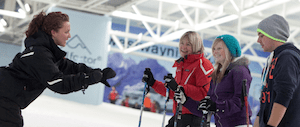
Try to go regularly. “Ideally once a week over the summer months would be great,” says Warren Smith of the Warren Smith Ski Academy. “It’ll keep the muscles firing and the confidence up.”
We have a guide to dry slopes and real snow slopes – and there’s no doubt the real snow slopes provide the best skiing surface. There are six in the UK: The Snow Centre in Hemel Hempstead, Chill Factore in Manchester, Snozone in Leeds and Milton Keynes, Snow Factor in Braehead, and The Snow Dome in Tamworth.
Go to a Glacier
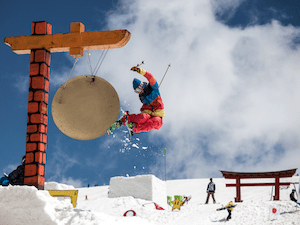
Glacier skiing is a radically different experience from winter skiing. You ski in the morning (wearing suncream with the highest sun protection factor you can lay your hands on), and then devote the afternoon to adventure sports, or just lazing around in the sun. It can be a very relaxing, mellow time.
Bear in mind, however, that the glaciers aren’t enormous, and it’s best to sign up for a summer camp to give the trip some focus. Several Alpine glaciers host busy summer programmes, including Snoworks on the Grande Motte in Tignes, DA Camps in Les Deux Alpes, and on the Hintertux glacier, which is open all year.
Warren Smith Ski Academy runs courses on the glacier above Cervinia from the beginning of July to the beginning of September. Two of our editors have been on one of the week-long summer courses, which is aimed at everyone from intermediates and up. Both loved the mix of work and play on offer.
Buy Your New Ski Gear Now
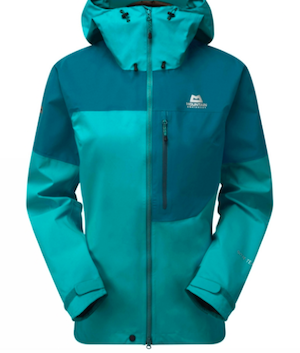
Check out the sales pages at outlets such as Ellis Brigham, Snow + Rock, Cotswold Outdoor, and Mountain Hardwear for a taste of what’s on offer online as well as in the shops.
You could also find some deals in the resorts themselves at this time of year: which adds to the pleasure of a summer-skiing trip. The one item you shouldn’t buy too early is ski boots as stocks are likely to be low.
Book Your Next Ski Holiday











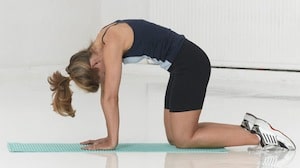
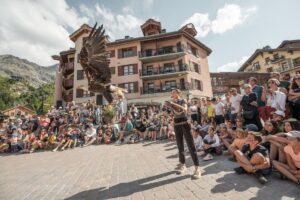
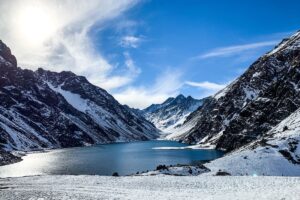
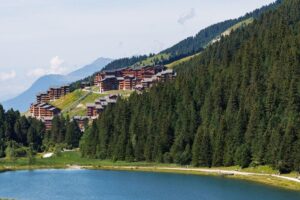
Add Comment